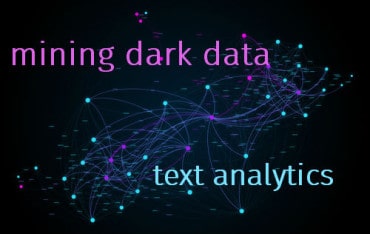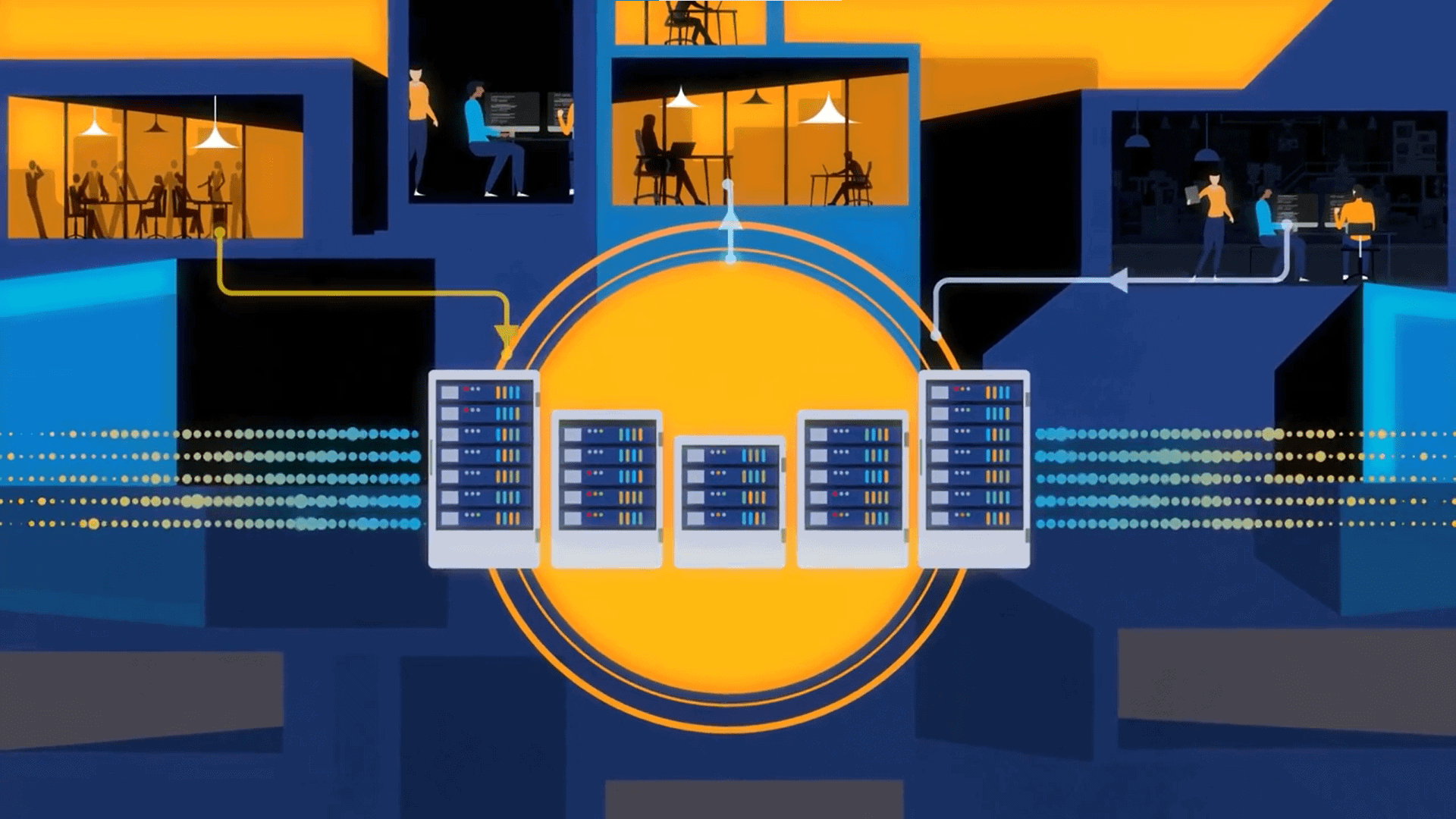
A revised digital operating model based on product-centric value delivery, human-centric experiences, a data-first approach, engineering excellence, and AI-driven employee skilling and empowerment can go a long way in delivering successful digital transformation in the public sector.
The appeal of digital transformations in the government sector is twofold because they cannot only improve the working of public sector organizations but also fundamentally change the way citizen services are conceived, delivered, and experienced. So, when such projects fail – in a 2022 survey, just seven percent of government leaders said their organization had achieved its transformation goals – the disappointment is also double.
There are many reasons why public sector transformation initiatives fall below expectations. Many government agencies face budgetary constraints, preventing them from allocating the substantial funds required for modernization. Resistance to change from employees fearing job loss due to automation, citizens concerned about adapting to new technologies, and the risk to personal data are obstacles. Technical challenges include outdated IT systems that are hard to integrate with the latest digital technologies, and the enormity of managing massive quantities of data that reside in silos, are not readily interoperable, and frequently suffer from quality issues. Other factors impacting transformation outcomes in public sector organizations are a shortage of digital skills and a lack of collaboration between departments that stand in the way of a cohesive modernization strategy.
See also: The Beneficial Impact of AI in Public Services
Layers of digital transformation challenges
Underneath these broad challenges faced by governments everywhere are certain nuances that need to be considered. Government sector transformations typically run for many years – a length of time that could see the emergence of several new technologies. This means that organizations are constantly struggling to keep up with the latest digital advances and the attendant challenges of change management and staff training, which distracts them from focusing on their core mission. Given that their budgets are tied to (shorter) political cycles, public sector leaders are justified in questioning the merit of investments, which, while checking the technology boxes, fall short of meeting “real goals,” such as citizen empowerment and serving the public good.
Part of the problem is that many modernization programs stress “hard” technical outcomes while overlooking their impact on people and communities. But transformation is as much about people and culture as it is about technology. Through our experience of implementing digital transformation projects for public sector clients, we have identified four barriers that government organizations should overcome to improve their chances of achieving complete and meaningful transformation.
Address the lack of citizen-centricity: Public sector organizations exist to serve the people. In the digital age, citizens have the same expectations from government agencies as they have from other providers – faster resolution of problems, easy, uninterrupted, and transparent access to data, high levels of service, and trustworthiness. Transformation projects should ensure that such requirements are met: the use of APIs, machine learning, and intelligent automation can make public services more efficient and responsive. Portals consolidating government data can break down information silos to enable seamless citizen experiences across channels. Implementing omnichannel engagement strategies can further enhance accessibility, allowing citizens to interact with government services through their preferred channels, whether online, via mobile apps, or in person, ensuring a consistent and integrated experience.Public sector agencies should also implement robust security infrastructure and governance frameworks to assure citizens that their information is safe and will not be misused. An example here is the State of Rhode Island, which is leveraging various technologies, including blockchain and mobile-first apps, to manage epidemics, administer health and social benefits more efficiently, and simplify the process for organizations to apply for business licenses, allowing citizens to access important data securely within minutes. Government agencies that handle sensitive information, such as tax details, medical records, and financial data, should follow a zero-trust security approach to earn the trust and confidence of their constituents.
Overcome data management issues: Different government agencies need to access and share data amongst themselves and with citizens to deliver public services. The problem is that departmental silos in the public sector make data sharing ad-hoc and inefficient. Emphasis on information management and data-driven policies would help to dismantle these boundaries to allow the free flow of data and seamless citizen experiences.
Tackle the lack of organizational agility: Bureaucracy, hierarchical structures, and procedural delays are some of the hindrances to agility in government. Slow decision-making in transformation projects drags down execution, leading to suboptimal outcomes. Cultural change is hard but necessary.
Work on sustainable innovation: Challenges, such as lack of agility, talent shortage, resistance to change, and inefficient data management, hamper innovation, a key metric of digital transformation success. Besides executive sponsorship of transformation projects, leaders have a key responsibility to provide a supportive environment for innovation.
See also: Aligning IT and Business Leadership for Successful Digital Transformation
What’s needed? A whole new model
Effecting a change of this scale and scope demands a new digital operating model built on five pillars, namely, product-centric value delivery, human-centric experiences, data-first approach, engineering excellence, and AI-driven employee skilling and empowerment.
Product-centric value delivery: Public sector organizations should replace project-centric thinking (fixed timelines, short-term project teams, focus on features) with a product-centric value delivery approach. The latter spans the entire software product lifecycle (extending beyond the project), is driven by cross-functional collaboration, and, most importantly, creates a strong emphasis on end-users (such as citizens) and continuous improvement. A product-centric approach prioritizes the needs of people by creating a transparent, open, and collaborative environment where knowledge is shared to accelerate problem resolution, innovation, and learning.
Human-centric experiences: Government agencies can make modernization programs citizen-centric by designing human-centric digital experiences. This means allowing citizens’ needs to influence experience design at every stage – for example, the need for certain aspects of in-person engagement to be replicated in digital interactions. By following human-centricity in digital experience design – based on hard data as well as ethnographic, psychological, and human factors – organizations can maintain a personal connection with citizens, understand their deepest needs, display empathy, and show respect for citizens’ choices and agency. Ensuring natural language interactions (in multiple languages), accessible interfaces, and sensitivity to concerns about personal data use and privacy protection is essential in front-end transformation initiatives.
Data-first approach: Most of the data challenges of public sector entities – lack of interoperability, silos, poor quality – can be mitigated with a data-first approach. This approach says that ensuring the quality, breadth, and adequacy of data at the beginning of digital transformation is a foundation for success. It enables government agencies to unlock value by aligning data with transformation goals. Key steps include gathering only relevant data, busting silos, cleansing, deduplicating, standardizing, and integrating data across the organization, selecting the right data management tools, and cultivating a data-first mindset where every employee understands the importance of using data in day-to-day operations.
Engineering excellence: Instead of the traditional waterfall model built around linear, sequential processes and manual handoffs, software engineering should leverageAI-driven automation. AI technologies are driving engineering excellence by transforming the way software applications are designed, created, tested, delivered, and maintained. Automation of code generation, testing, and deployment enhances productivity, speed, and quality across the development lifecycle. Machine learning solutions offer coding tips and even complete code on their own to mitigate manual effort and errors. AI can also select and prioritize test cases based on criticality to improve testing outcomes.
With generative AI showing promise in generating the code draft, refactoring and automatically filling existing code, and designing system architecture, software engineering is primed to leap forward. More importantly, gen AI can produce insights to help developers link technical specifications with “business” requirements (such as quality of public services delivery) more accurately.
AI-driven employee skilling and empowerment: An important way of bridging the digital skills gap in public sector organizations is continuous learning. This refers to the ongoing acquisition of knowledge and skills in response to new needs, trends, and challenges. Employees learn on the job, as per their requirements, pace, and convenience. AI is a major catalyst here: AI-enabled learning platforms empower employees by democratizing access to knowledge and skills. They also offer a high degree of personalization by adapting training programs to individual learners’ progress and context. With an AI-driven platform, public sector organizations can enable their employees to pick up new, in-demand skills over and over again and thus mitigate their skills shortage.
A final word on digital transformation challenges
The impact of digital transformation in public sector organizations is felt far and wide by the millions of citizens they serve. Unfortunately, a huge majority of programs fail to live up to expectations because of challenges ranging from inadequate funding to legacy system issues to talent shortages. Other reasons for suboptimal outcomes include a lack of citizen-centricity in transformation projects and a lack of agility, data management capabilities, and innovation in government organizations. A revised digital operating model based on product-centric value delivery, human-centric experiences, a data-first approach, engineering excellence, and AI-driven employee skilling and empowerment can go a long way in delivering successful transformations in the public sector.





























